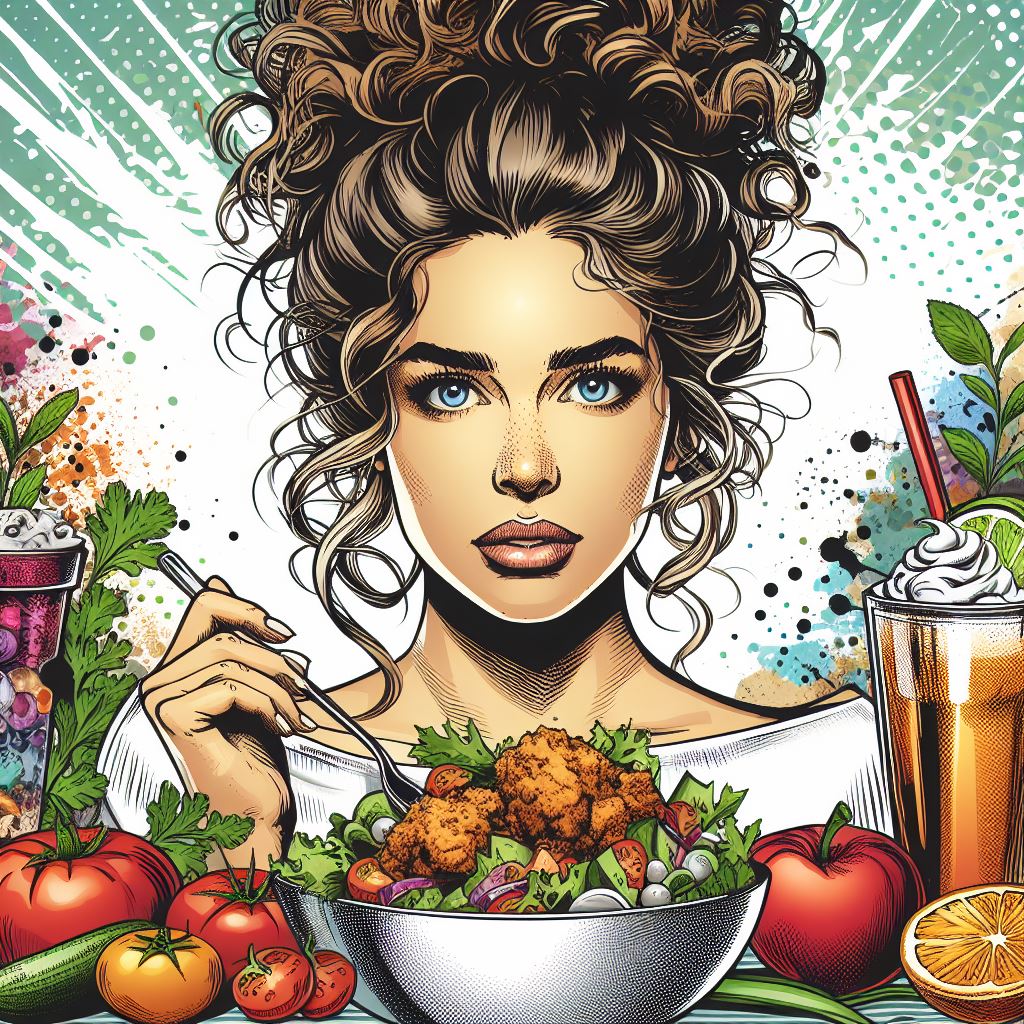Recipe Survival Guide

You open the cookbook and see a recipe title or a photo that tempts your tastebuds. Then you start to read the recipe, realize the preparation is more difficult than you first thought, and put the book back on the shelf.
Sound Familiar?
Well here's a simple guide to help get you started:
1. Abbreviations for Measuring
Tsp. = teaspoon
Tbsp. = tablespoon, which equals 3 teaspoons
C = cup.
Tip: Get a set of measuring spoons. The set will usually have 1/4 tsp., 1/3 tsp., 1/2 tsp., 1 teaspoon and 1 tablespoon.
Dry measure cups look like little saucepans and can be leveled off with a knife or other straight-edged tool. They come in sets like the measuring spoons. Liquid measuring cups have ounce marking lines so you can measure however many ounces you need.
Tip: Some recipes require exact measurements to turn out right so learn to measure correctly.
2. Common Ingredients
Make sure you know what you need.
Tips:
- Baking powder and baking soda are not the same.
- Ask the produce manager at the market about fruits and vegetables, the meat manager about cuts of meat.
- When trying something new, buy ONE. You can always go back for more if it turns out well.
3. Common Terminology
- Bake: Dry heat in the oven. Set oven control to the desired temperature while you're preparing the dish to be baked. Once the light that says it's heating turns off, the oven is at the proper temperature. Then put in the food--for best results, center it in the oven.
- Boil: Heat a liquid until it bubbles. The faster the bubbles rise and the more bubbles you get, the hotter the liquid. Some recipes call for a gentle boil--barely bubbling--or a rolling boil--just short of boiling over. Watch so it doesn't boil over.
- Braise: A moist cooking method using a little liquid that barely bubbles on the top of the stove or in the oven. This is a good way to tenderize cheaper cuts of meat. The pan should be heavy and shallow with a tight-fitting lid to keep the liquid from boiling away. There's a lot that can be done for flavoring in your choice of liquid and of vegetables to cook with the meat.
- Broil: Turn the oven to its highest setting. Put the food on broiler pan--a 2 piece pan that allows the grease to drain away from the food. In an electric oven on the broil setting only the upper element heats, and you can regulate how fast the food cooks by how close to the element you place it. Watch your cooking time--it's easy to overcook food in the broiler.
- Brown: Cook until the food gets light brown. Usually used for frying or baking. Ground beef should usually be browned (use a frying pan) and have the grease drained before adding it to a casserole or meat sauce.
- Fold: A gentle mixing method that moves the spoon down to the bottom of the bowl and then sweeps up, folding what was on the bottom up over the top. This is used to mix delicate ingredients such as whipped cream or beaten egg whites. These ingredients just had air whipped into them, so you don't want to reverse that process by mixing too vigorously.
- Simmer: Heat to just the start of a boil and keep it at that point for as long as the recipe requires. The recipe will usually call for either constant stirring or stirring at certain intervals.
4. Kitchen Tools and Equipment
Understanding basic kitchen tools can make cooking more enjoyable and efficient.
- Knives: A chef's knife is versatile for chopping, slicing, and dicing. A paring knife is handy for smaller tasks.
- Cutting Boards: Use separate boards for meats and vegetables to prevent cross-contamination.
- Pots and Pans: A few essential pieces include a saucepan, a skillet, and a stockpot. Non-stick pans are great for easy cleanup.
- Timers: Use a kitchen timer to keep track of cooking times and avoid overcooking.
Tip: Invest in good-quality, durable kitchen tools. They can make a big difference in your cooking experience.
5. Cooking Methods
Different cooking methods can affect the texture and flavor of your dishes.
- Sauté: Cook food quickly in a small amount of oil over high heat. This method is great for vegetables and small pieces of meat.
- Steam: Cook food over boiling water, which is a healthy way to preserve nutrients.
- Roast: Cook food in the oven at a high temperature to develop a rich flavor and crispy texture.
Tip: Experiment with different cooking methods to discover which you prefer and how they change the taste and texture of your food.
6. Cooking and Baking Tips
These tips can help ensure success in the kitchen.
- Preheat Your Oven: Always preheat your oven to the required temperature before baking to ensure even cooking.
- Read Recipes Thoroughly: Before starting, read the entire recipe to understand the steps and timing.
- Taste as You Cook: Adjust seasonings and flavors to your preference as you go along.
Tip: Keep a notebook in the kitchen to jot down any modifications or improvements you make to recipes.
7. Storage Tips
Proper storage keeps your ingredients fresh and your kitchen organized.
- Label and Date: Label and date leftovers and stored ingredients to keep track of freshness.
- Use Airtight Containers: Store dry ingredients like flour and sugar in airtight containers to prevent spoilage.
- Chill Quickly: Refrigerate leftovers promptly to avoid foodborne illnesses.
Tip: Use the FIFO (First In, First Out) method in your pantry—use older items before newer ones.
Now you are ready to do the shopping and prepare that recipe that you've always wanted to try!
Happy cooking!





















